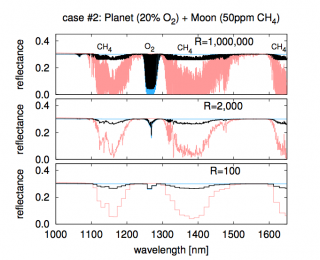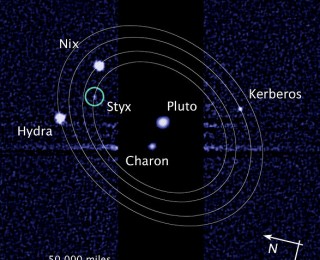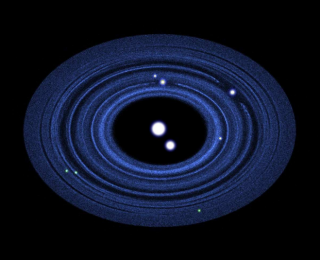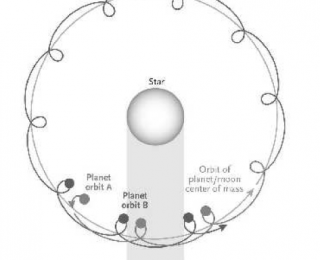
by Ruth Angus | Apr 2, 2015 | Daily Paper Summaries
In July of this year (2015), NASA’s New Horizons mission will fly past Pluto and its moons. It will map the surface of the Plutonian system in unprecedented detail, revealing craters and other surface features for the first time. In preparation for the deluge of newly discovered craters, mountains, crevasses and other surface features, Mamajek et al. discuss a naming system for Pluto and its moons.

by Jaime Green | Nov 5, 2014 | Daily Paper Summaries
Those of us who love astrobiology get really worked up about the lack of Earth-sized exoplanets found at Earth-like distances from their stars. All we want, we who hope for lots of extraterrestrial life, is a bunch of Earth-like planets doing Earth-like things so we can feel better about the odds for lots of Earth-like life in the universe.

by Ruth Angus | May 8, 2014 | Daily Paper Summaries
Exoplanets with moons could mimic alien life-signs.

by Jaime Green | Mar 26, 2014 | Daily Paper Summaries
Pluto’s small satellites have very low escape velocities, which means that dust kicked up by impacts has a relatively easy time of escaping rather than settling back down to the little moon’s surface. Today’s paper looks at the fates of that dust.

by Ben Montet | Mar 8, 2013 | Daily Paper Summaries
The number of known moons of Pluto has now reached five. What are they like, and how did they get there? Kenyon and Bromley use numerical simulations to answer these questions and determine what else New Horizons may find in 2015.

by Courtney Dressing | Jan 6, 2012 | Daily Paper Summaries
Moons in other solar systems are common in science fiction. Are they common in the universe as well? Kipping et al. are using Kepler data to find out.






